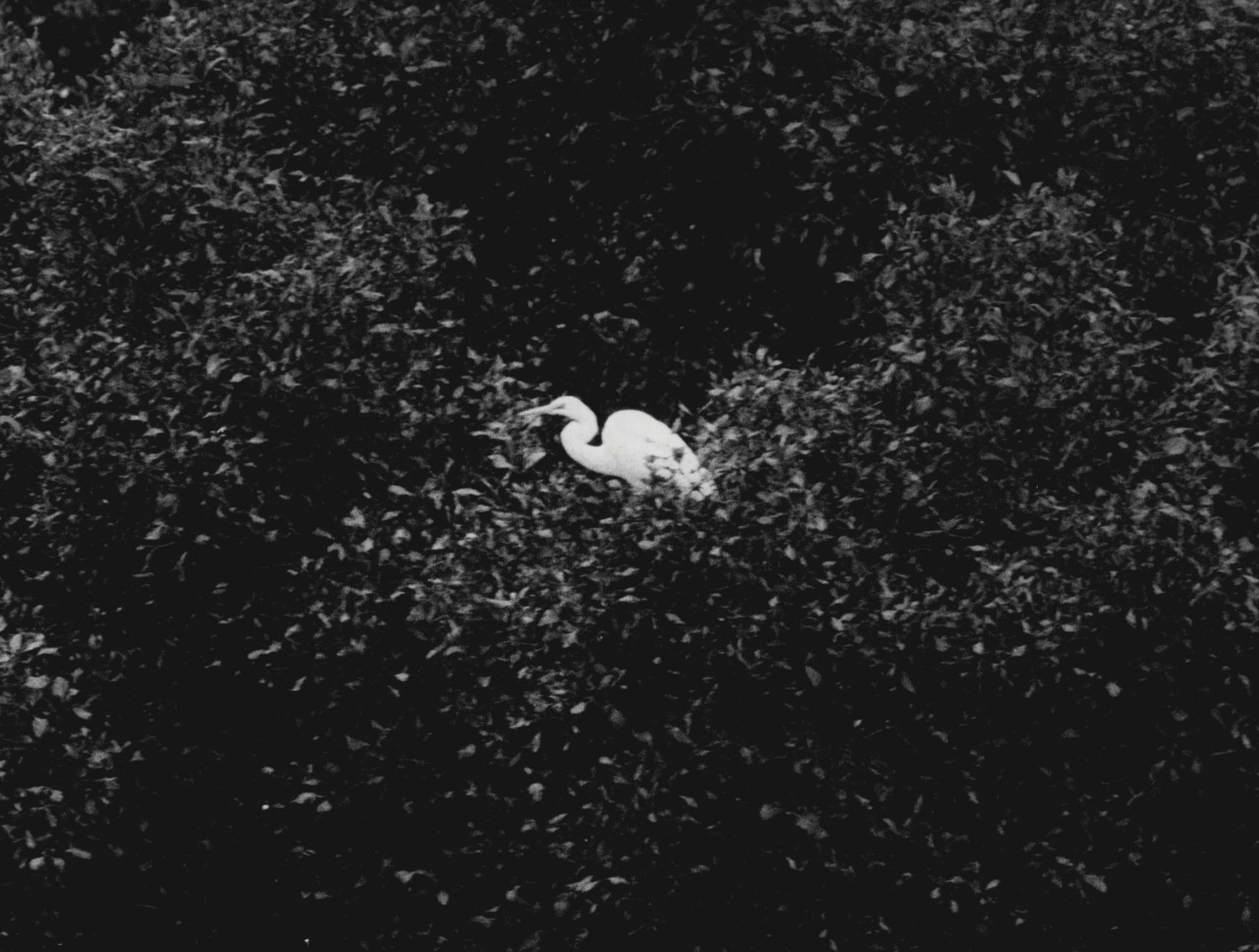

Photograph by Fairfax Media Archives / Getty Images
words by willow defebaugh
“Beloved community is formed not by the eradication of difference but by its affirmation, by each of us claiming the identities and cultural legacies that shape who we are and how we live in the world.”
It’s been nearly four years since the world fell apart. I’ve been reflecting on why the pandemic was such a turning point, and I often wonder if it’s that it was the first time such a life-changing force was experienced by nearly everyone, everywhere—a unifying event. In the time since, it feels as if our species has been confronted with the messy work of realizing that no matter our views, we are all part of one whole, sharing the same space, our roots inescapably entangled.
When I think of roots, my mind most often drifts downward to the kind that are burrowed in the dark depths of unyielding earth, but there is a tree whose roots dwell in open air and water: mangroves. Called prop roots, their root systems act as stilts that allow them to weather changing seas and storms. Twice a day, mangroves are flooded by the tide and through all of it, they remain. Even when it feels our foundation is shifting beneath our feet, we can still grow rooted.
Thanks to these root structures, mangrove forests emerge along murky coastlines, salt marshes, and tidal estuaries. They serve as important barriers between marine and terrestrial communities, protecting the land from waves and wind—a last line of defense against rising waters. And they are key in fighting climate change; research from the National Park Service estimates them capable of trapping two to three times more carbon than other forests.
Mangroves give back to the waters they inhabit as well. They filter out pollutants, improving the quality of the water and allowing for a diverse array of land and sea creatures to flourish among them. This includes many fish and shellfish species that rely on them and them alone for breeding and spawning young. Proboscis monkeys, fishing cats, cuscus, sea cows, boatbill herons, and roseate spoonbills—sheltered in their unique and fluid thickets, life thrives.
Mangroves have developed signature strategies for how to exist in salty waters. Red mangroves use sacrificial leaves, ones that give up their existence in order to secrete the salt that the tree has absorbed, causing the leaf to then wither and fall off so that its fellow leaves can continue to prosper. Meanwhile, the dark green leaves of black mangroves each carry the burden of salt secretion—each individual doing their part so that none have to be lost to the cause.
The word mangrove itself can refer to either an individual tree or shrub or an entire forest. They can be individuals or communities—perhaps a reminder that one cannot exist without the other. When looking at a mangrove forest, it seems impossible to tell where one tree’s roots begin and another’s ends. They are a tangle of identities, individuals that wall together to protect the earth and its waters, and the many denizens that call them home.
We live in a world where people are instructed to take shelter and then are bombed, where news of tipping points and crossing thresholds of critical degrees seems to mean nothing. I’m wondering about what kind of world we can grow in its place, if perhaps we could all be more like mangroves: biodiverse communities of individuals, belonging to both land and sea, steady amidst an ocean of uncertainty—branches of sacrifice, leaving no leaf behind.
Take Shelter